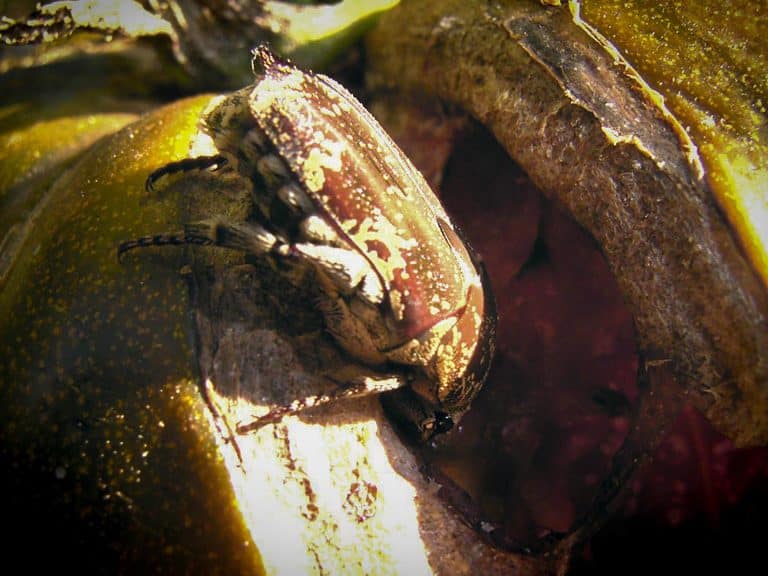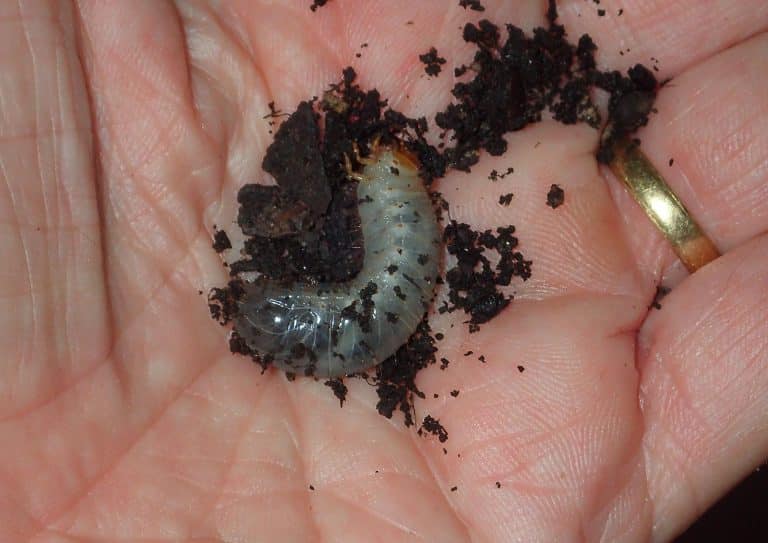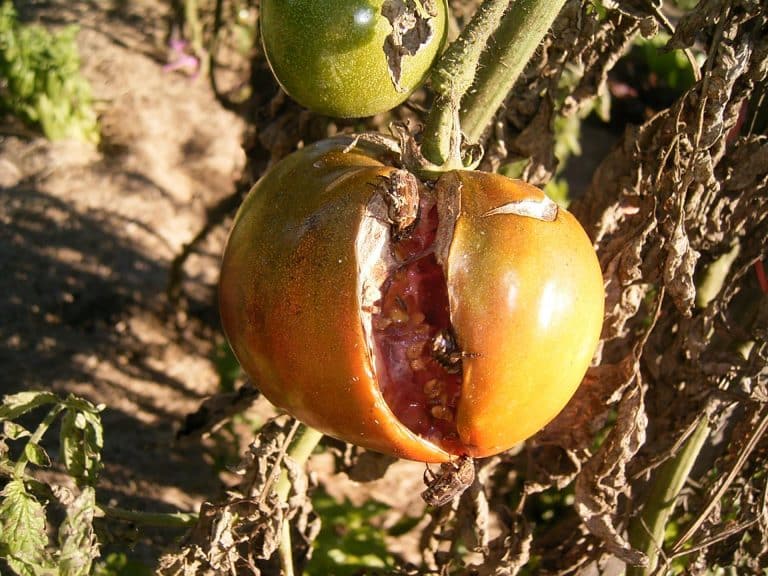COMMON NAME
Mango flower beetle

Order
Suborder
Family
Genus
Species
Alias
Suborder
Family
Genus
Species
Alias
Coleoptera
Scarabaeoidea
Protaetia
Protaetia fusca
Scarabaeoidea
Protaetia
Protaetia fusca
Mottled flower scarab, Asian mango flower beetle




